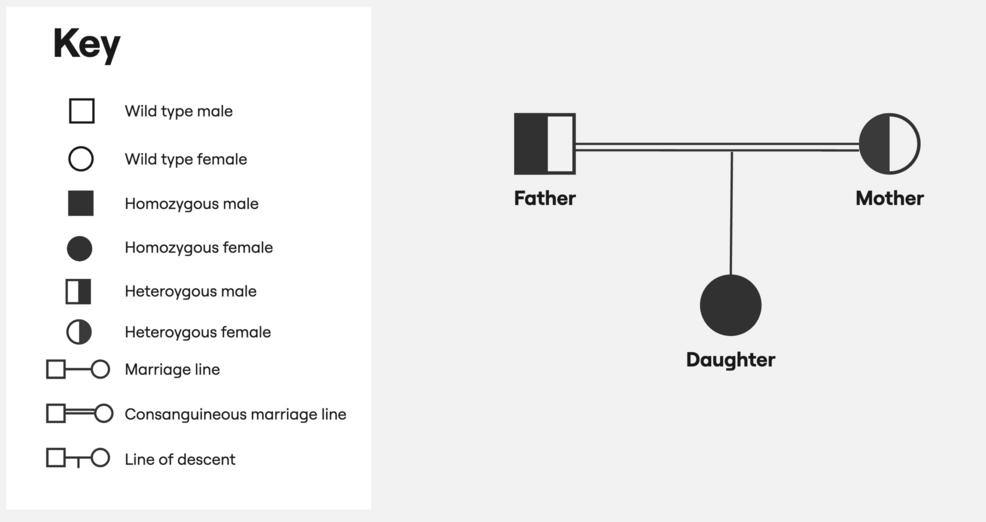Introduction to GPI Deficiency
Glucose-6-phosphate isomerase (GPI) deficiency is a rare condition that affects the body’s ability to produce red blood cells. This autosomal recessive enzymopathy leads to chronic nonspherocytic hemolytic anemia. In a recent case from Bahrain, a five-year-old boy exemplified the challenges faced by patients with this condition.

This young patient exhibited symptoms typical of hemolytic anemia, including fatigue and pallor. Diagnosing GPI deficiency can be complex due to its rarity. Clinicians must consider various factors and conduct specific tests to confirm the diagnosis. Early detection is crucial for managing symptoms and improving the quality of life for these patients.
Conclusion
Raising awareness about GPI deficiency is essential for timely diagnosis and treatment. Healthcare providers play a vital role in recognizing the signs of this rare disorder. Continued research and education can help improve outcomes for affected individuals.